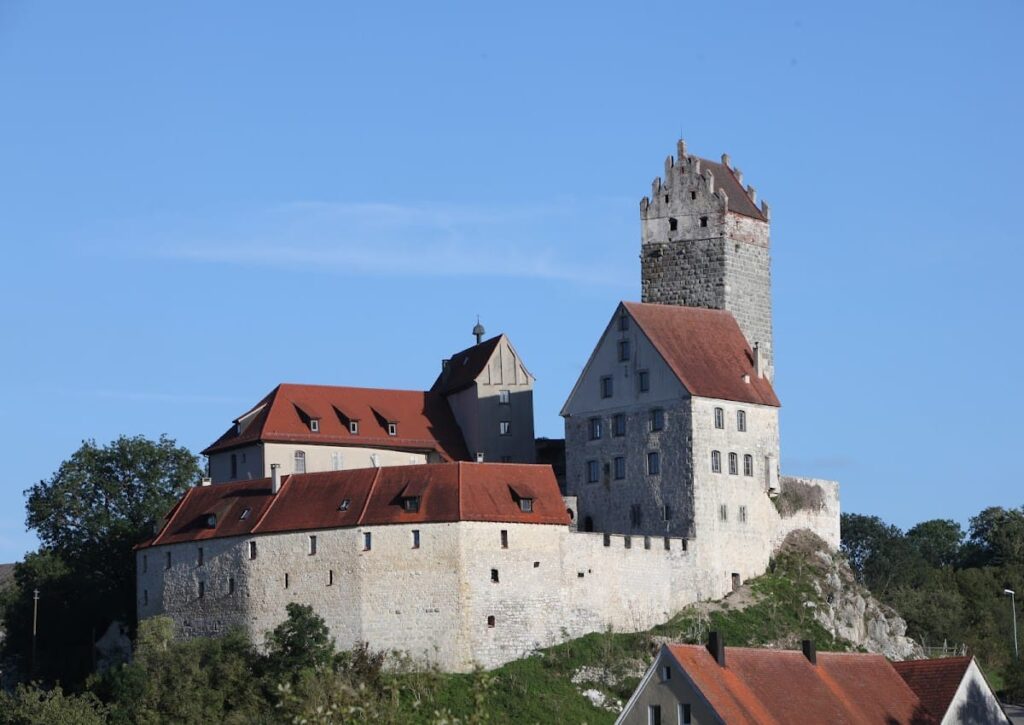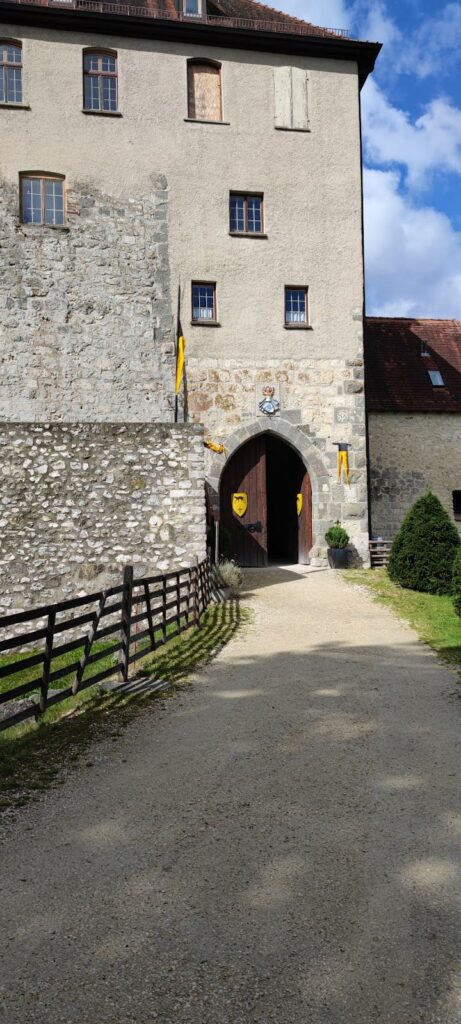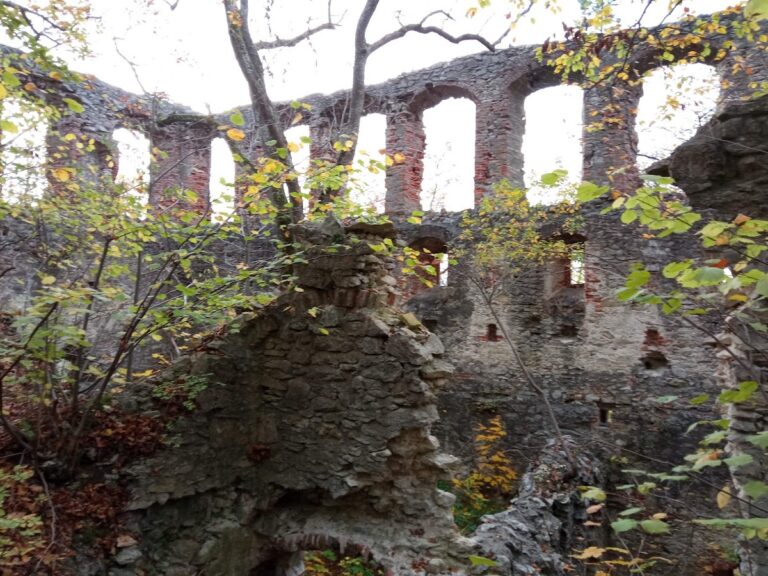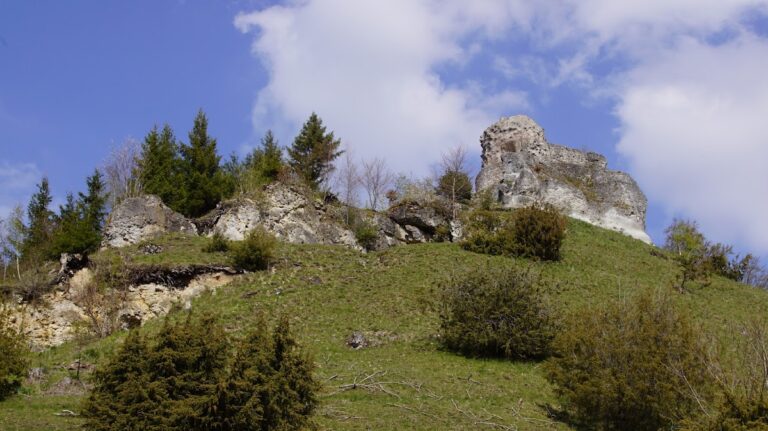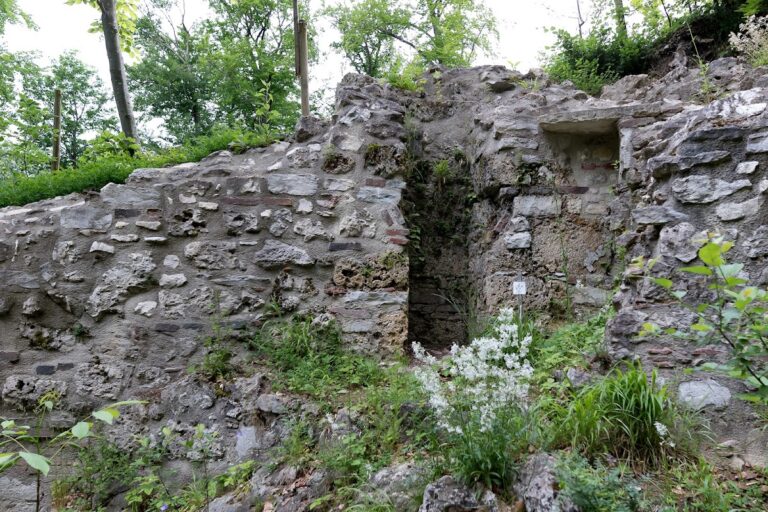Katzenstein Castle: A Historic Hilltop Fortress in Germany
Visitor Information
Google Rating: 4.3
Popularity: Low
Google Maps: View on Google Maps
Official Website: www.burgkatzenstein.de
Country: Germany
Civilization: Medieval European
Remains: Military
History
Katzenstein Castle stands on a rocky hill in the Ries-Alb region near Dischingen, Germany. Its origins trace back to the 11th century, with the earliest reliable records appearing in the 12th century. The castle was initially linked to ministerial knights serving the Counts of Dillingen. The noble family von Katzenstein, first mentioned in 1153, took their name from the castle. Earlier references from 1099 mention a knight named Odalrich de Cazzenstein, but he was likely connected to a different Katzenstein castle near Langenburg.
By the mid-13th century, the von Katzenstein family line ended with Conrad von Katzenstein in 1288. From 1262, the von Hürnheim family made Katzenstein their main residence and adopted the combined name von Hürnheim-Katzenstein. In 1354, Hermann von Hürnheim-Katzenstein sold the castle to the Counts of Oettingen. Soon after, the castle was pawned to the Counts of Helfenstein. In 1382, Berthold von Westerstetten acquired Katzenstein through marriage into the von Hürnheim-Katzenstein family.
The Westerstetten-Katzenstein line ended in 1572, returning ownership to the Counts of Oettingen. During the final year of the Thirty Years’ War in 1648, French troops burned the castle, leaving it in ruins. Reconstruction began in 1669 under Count Notger Wilhelm von Oettingen-Baldern, who restored Katzenstein as a principal noble residence. The last Count of Oettingen-Baldern died in 1798 without male heirs, passing the castle to the princely line of Oettingen-Wallerstein.
In 1810, Katzenstein Castle became part of the Württemberg district of Neresheim. Since 1939, it has been privately owned but accessible to the public. The castle later gained recognition as part of the Staufer tourist route in 1997 and serves as an information point within the UNESCO Swabian Alb Geopark since 2007.
Remains
Katzenstein Castle is a hilltop fortress built on a high rocky outcrop at 538 meters above sea level. The complex is enclosed by a ring wall that surrounds a small courtyard. The main entrance lies on the eastern side, once protected by a forecourt with a gatehouse and a moat, now filled in and crossed by a stone causeway.
A dominant feature is the bergfried, or main tower, dating from the 11th century. This tower stands about 30 meters tall and is constructed from large, rough-hewn ashlar blocks. Its original entrance was positioned approximately seven meters above ground level, a defensive design to prevent easy access.
On the eastern side of the courtyard stands the four-story palas, a residential building from the late Romanesque period. The castle underwent major architectural changes in the 17th century, including the addition of a New Palace (Neues Schloss), partially reconstructed today. The Grafensaal, or count’s hall, within this palace was renovated after a fire in 1995.
The castle chapel, dedicated to Saint Laurentius, dates to around the year 1000. It contains rare frescoes from the transitional period between late Romanesque and early Gothic art, created circa 1250 to 1280. Later Baroque paintings partially cover these medieval frescoes.
The lower defensive wall, known as the wehrgang, houses a tavern called “Zum Marstall.” The upper defensive wall contains guest rooms. Overall, Katzenstein Castle is well preserved, with restorations maintaining its historical structures and artistic features.
